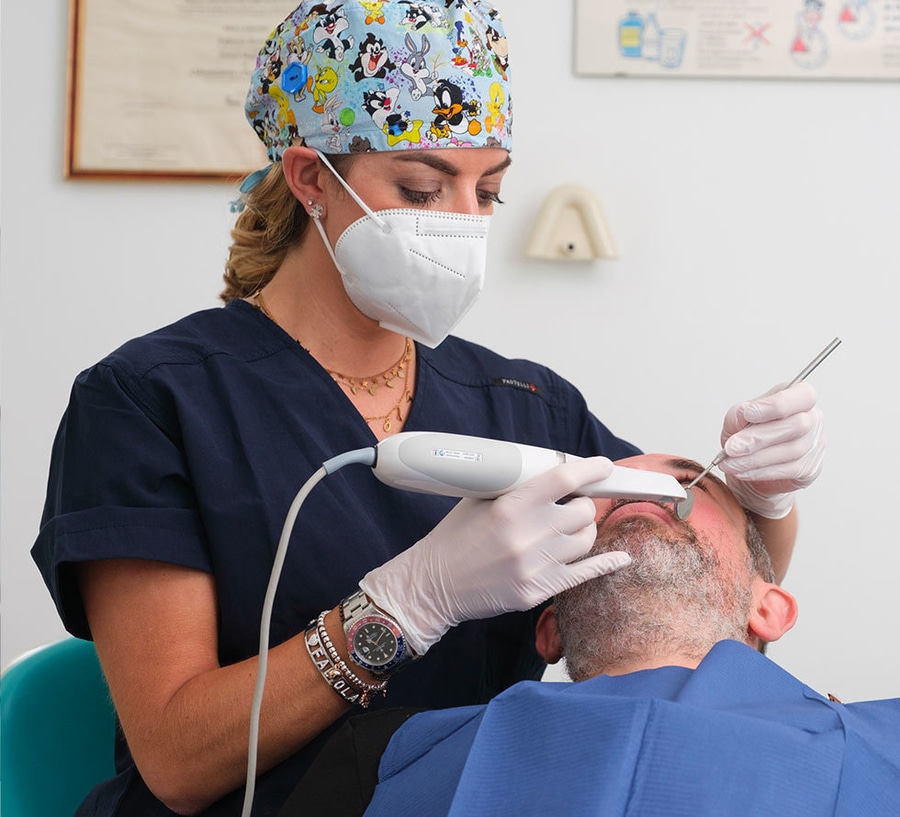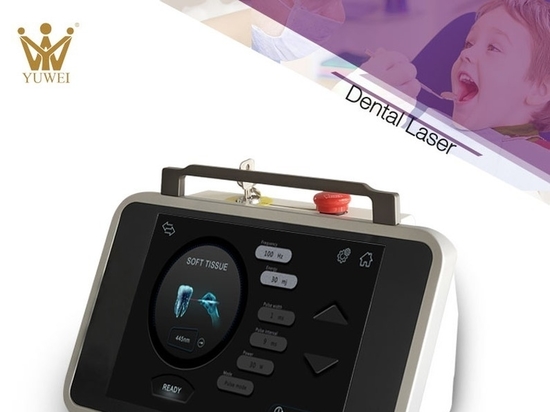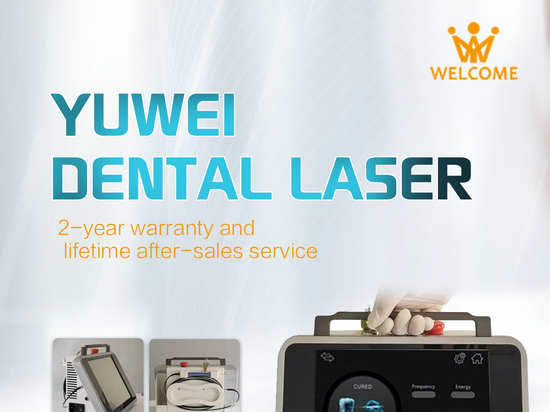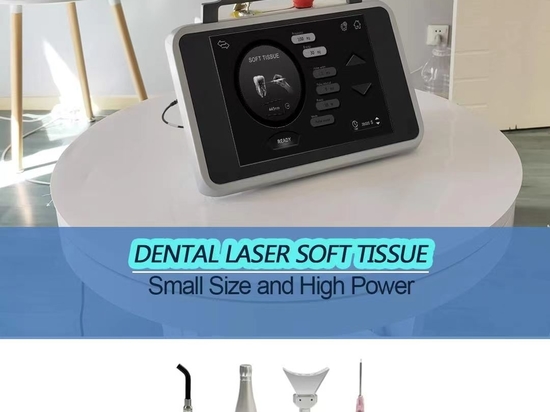
#Industry News
The History of Dental Laser Technology
The development of dental laser technology has evolved from experimental stages to widespread use, significantly enhancing the precision, comfort, and effectiveness of dental treatments.
The origins of dental laser technology date back to the 1960s when the first laser was invented by Theodore Maiman. Early lasers were primarily used for experimental purposes, but their potential in medicine, particularly in dentistry, soon became apparent. In the 1980s, with technological advancements, CO2 lasers and Nd
lasers became the focus of dental research. These lasers aimed to remove hard and soft tissues with minimal bleeding and pain during treatment.
The emergence of semiconductor lasers in the 1990s marked a significant breakthrough in dental applications. These lasers were more portable, easier to operate, and relatively inexpensive, making them more accessible to dentists. During this time, researchers began developing lasers with various wavelengths to accommodate different treatment needs, such as tooth whitening, cavity treatment, and periodontal disease management.
In the early 21st century, dental laser technology matured, with significant improvements in performance and safety. Lasers with fiber-optic technology allowed for more flexible and precise beam delivery, and control systems were upgraded to adjust energy output based on the type of treatment. This precise control enabled more effective use in minimally invasive procedures, reducing side effects and recovery time.
Today, modern dental laser technology covers a wide range of applications, from preventive care to complex surgeries. For example, lasers have proven highly effective in treating gum disease by eliminating bacteria and promoting tissue regeneration. Additionally, the painless and efficient nature of laser technology makes it an ideal choice for children and sensitive patients. In cosmetic dentistry, lasers are used to remove surface stains, resulting in more noticeable whitening effects.
Despite its many advantages, dental laser technology faces some challenges. High equipment costs, technical requirements for operators, and limited effectiveness in certain situations are factors that hinder its widespread adoption. However, with ongoing technological advancements and decreasing costs, lasers are expected to become a standard choice in dental treatments in the future.
Overall, the history of dental laser technology is a story of continuous evolution. From its experimental beginnings to its current multifunctional applications, laser technology has not only improved the safety and comfort of treatments but also opened up new possibilities in the field of dentistry.





